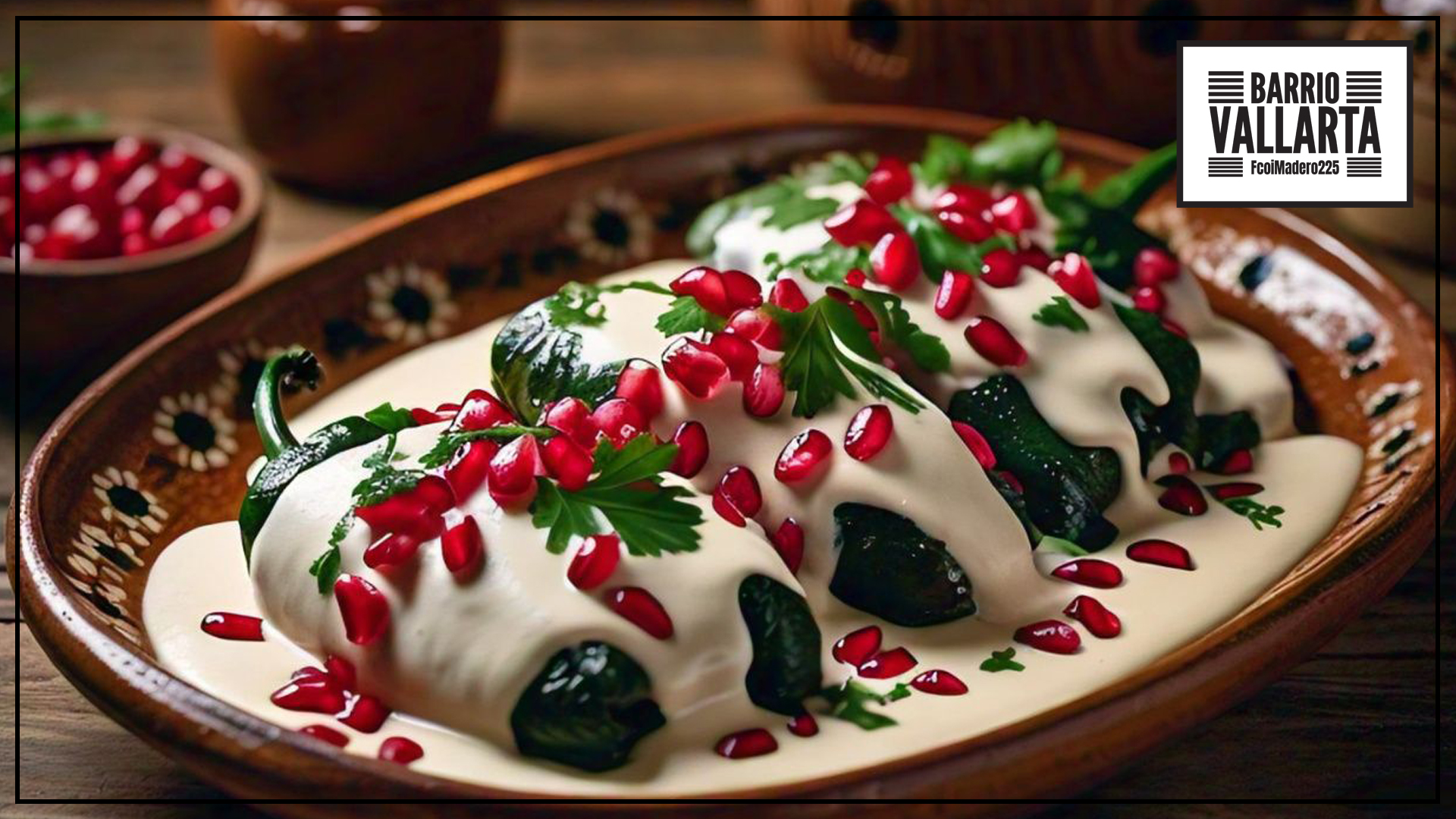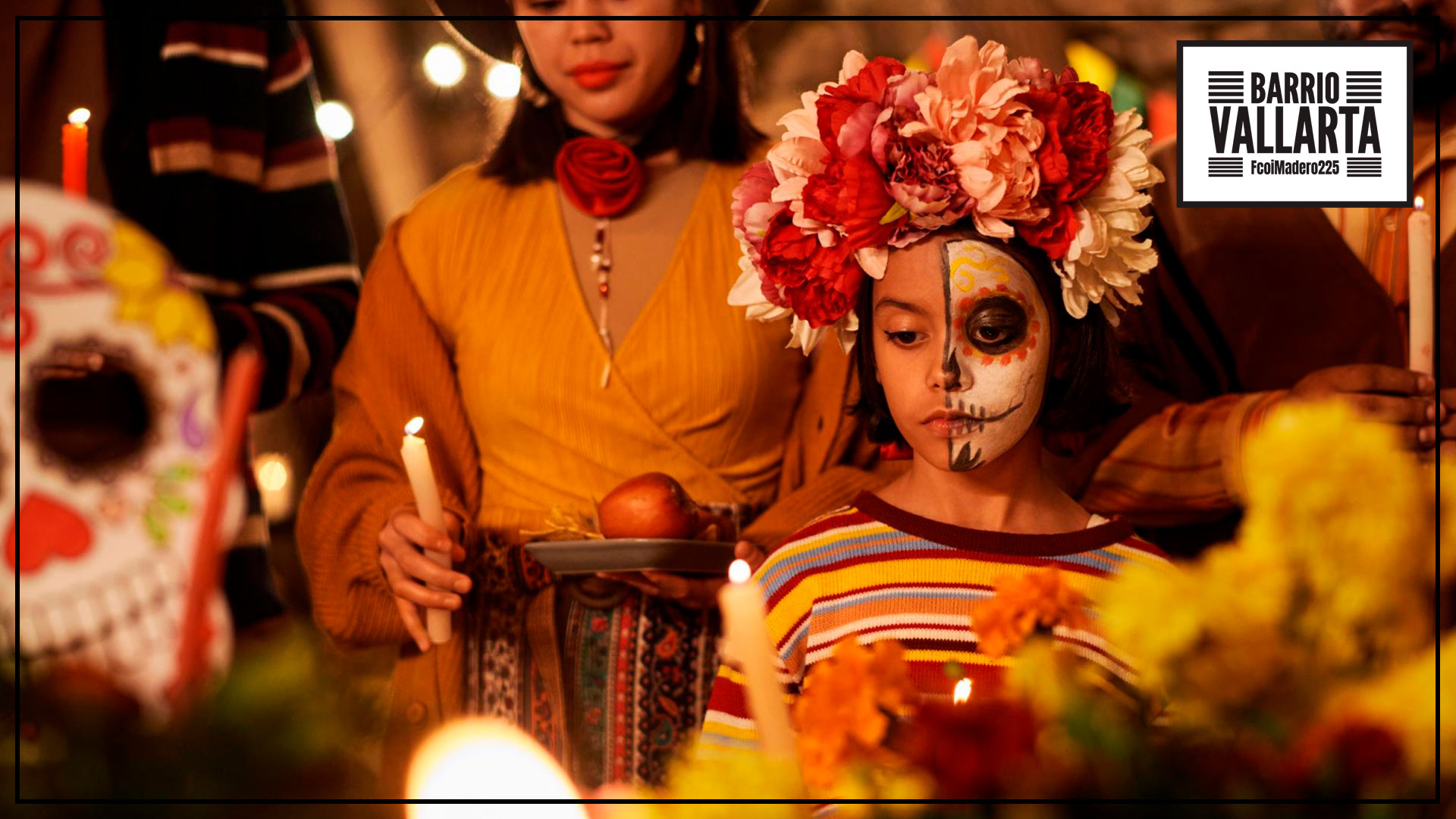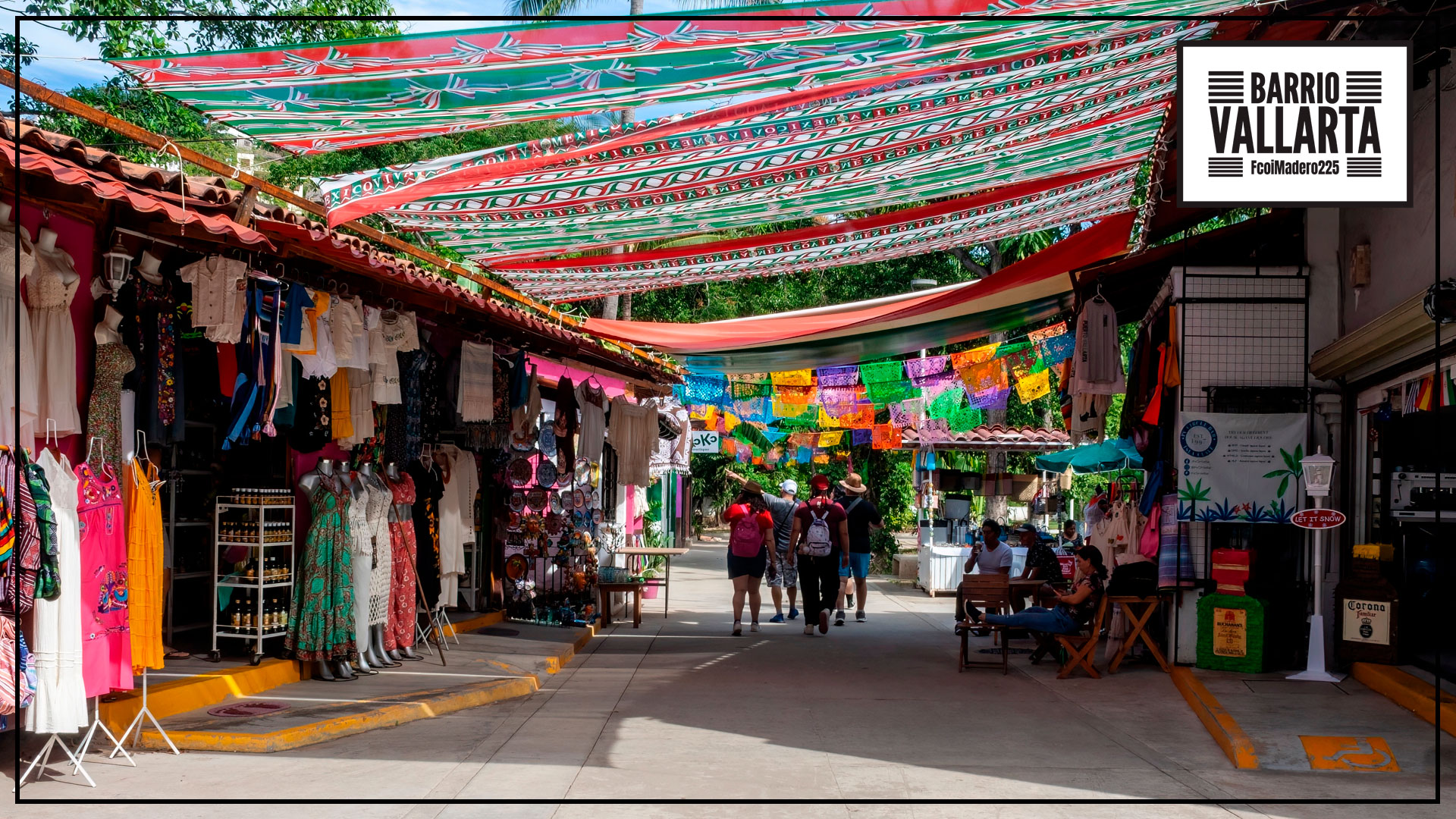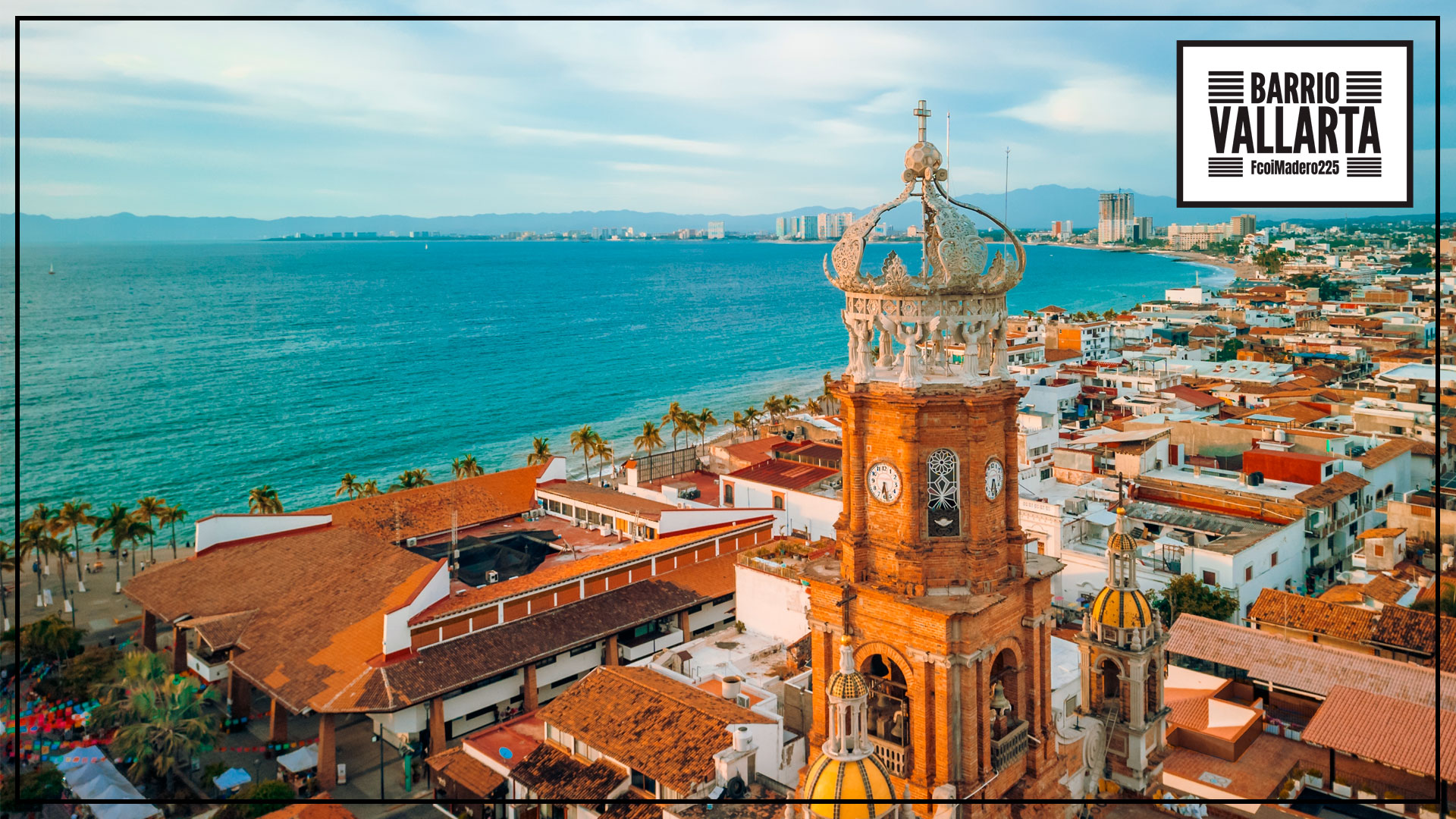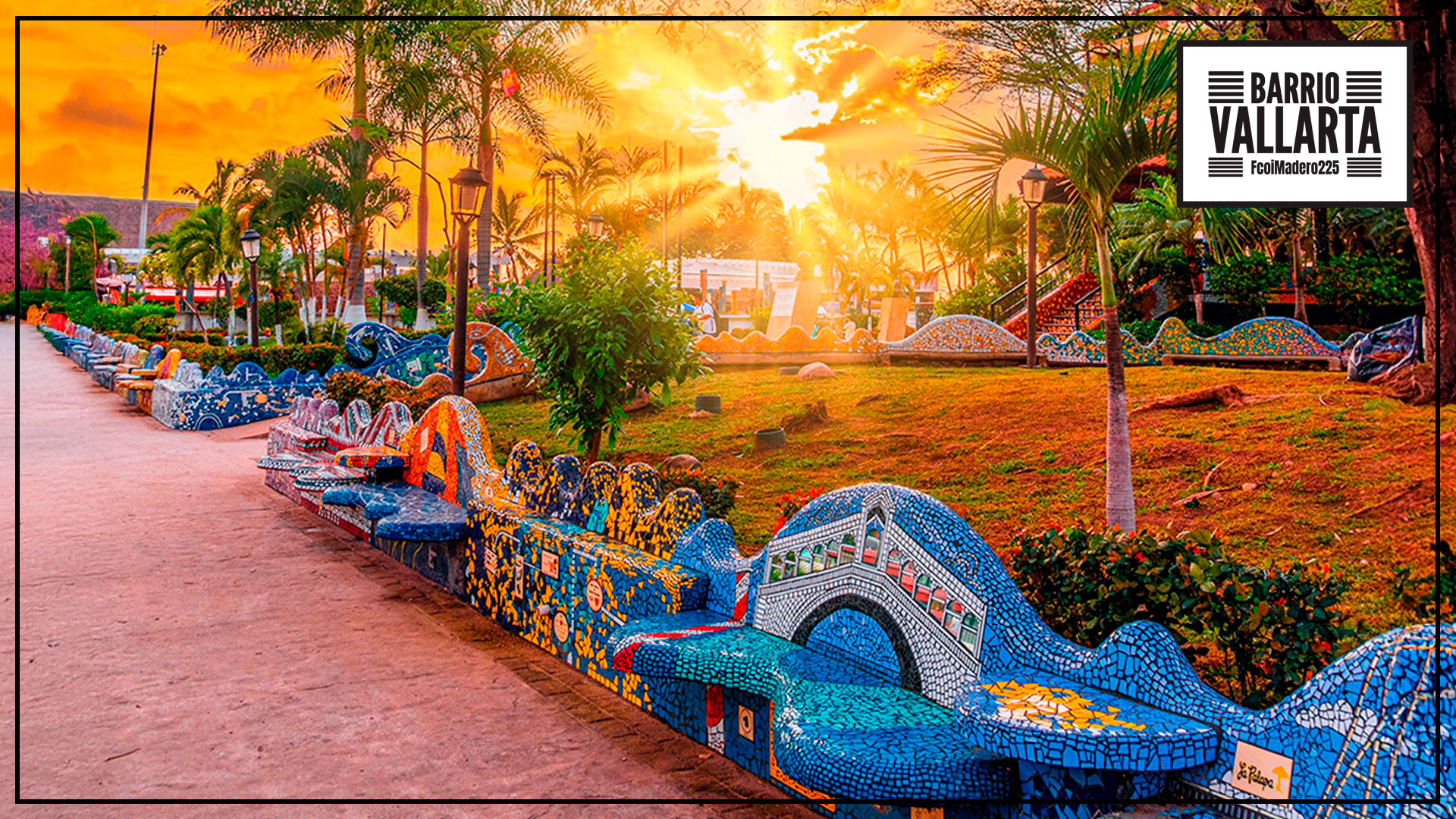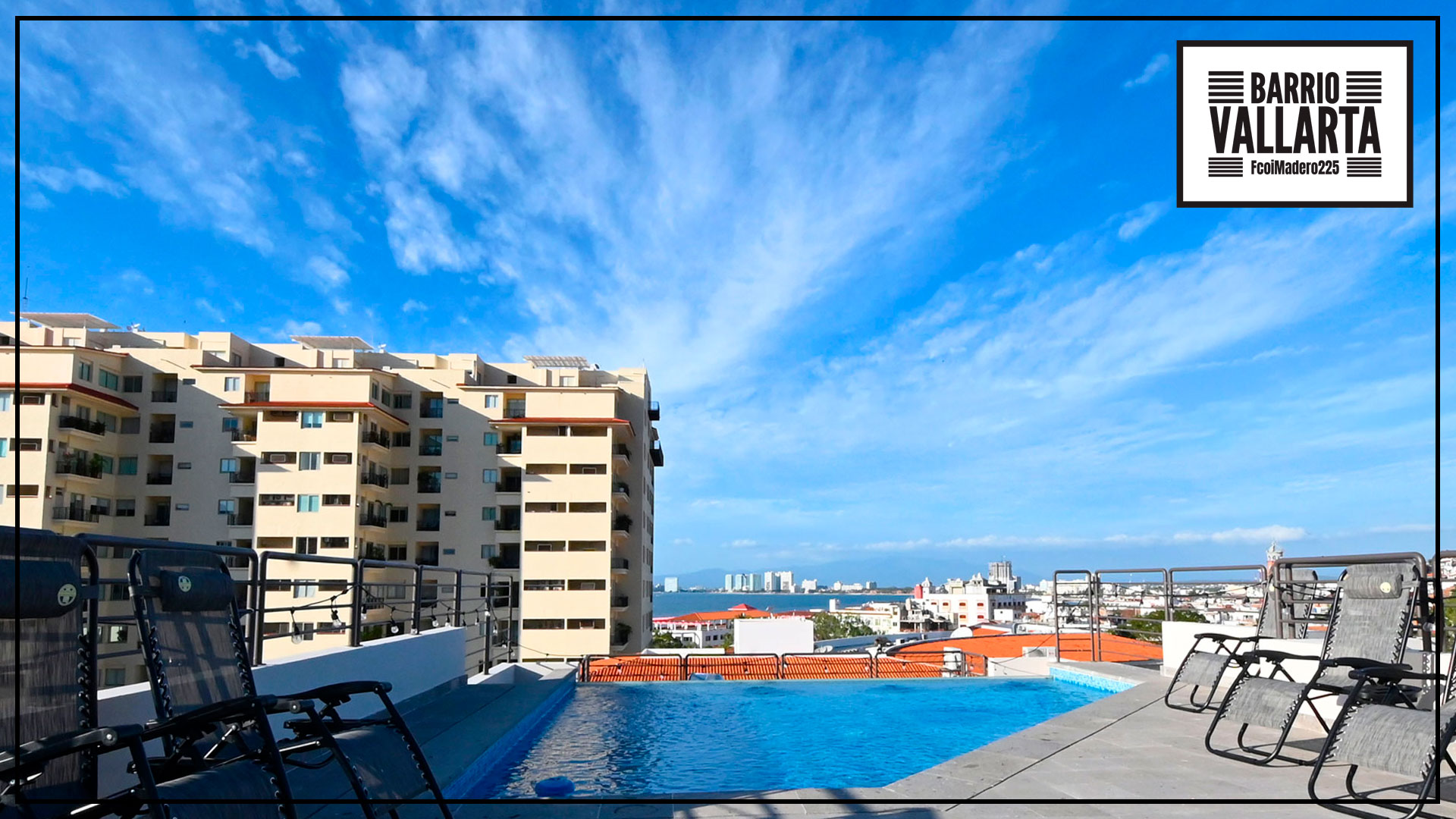15
August
CHILES EN NOGADA: AN ICONIC DISH OF MEXICAN GASTRONOMY
Chiles en nogada is one of the most iconic dishes in Mexican cuisine, known for its exquisite flavor and colorful presentation. This dish is especially popular in September, coinciding with Mexico's Independence Day celebrations. Chiles en nogada is not only a delight for the palate but also a representation of Mexico's history and culture.
ORIGIN OF CHILES EN NOGADA
The origin of chiles en nogada dates back to the 19th century. According to popular legend, this dish was created in 1821 by Augustinian nuns at the Santa Mónica convent in Puebla to celebrate Mexico's independence and honor Agustín de Iturbide, who had signed the Treaty of Córdoba granting Mexico's independence. The nuns chose ingredients representing the colors of the Mexican flag: green from the poblano chili, white from the nogada (walnut sauce), and red from the pomegranate seeds.
THE TRADITIONAL RECIPE
The recipe for chiles en nogada can vary slightly depending on the region or cook, but the essential elements remain the same. The dish consists of poblano chiles filled with a picadillo of beef and pork, fruits, and spices, covered with a walnut sauce, and garnished with pomegranate seeds and parsley.
INGREDIENTS
* Poblano Chiles: Roasted and peeled to remove the skin, with the seeds removed for stuffing.
* Picadillo: A mixture of ground beef and pork, onion, garlic, tomato, almonds, raisins, plantain, apple, pear, and peach, seasoned with cinnamon, cloves, and other spices.
* Nogada: A sauce made from walnuts, milk, fresh cheese, and a touch of sherry or white wine, smooth and slightly sweet.
* Garnish: Pomegranate seeds and parsley, adding color and a contrast of flavors.
PREPARATION
Filling: Cook the picadillo in a pan until well mixed and cooked, adjusting the seasoning to taste.
Chiles: Roast the poblano chiles over an open flame until the skin blisters, then place them in a plastic bag to sweat and facilitate peeling. Peel the chiles, cut a slit, and remove the seeds.
Stuffing: Fill the chiles with the prepared picadillo.
Nogada: To make the nogada, soak the walnuts in water to peel them easily, then blend with milk, fresh cheese, and sherry until smooth.
Assembly: Place the chiles on a plate, cover with nogada, and garnish with pomegranate seeds and parsley.
Chiles en nogada are more than just a dish; they are a celebration of Mexico's history, culture, and rich culinary tradition. Tasting them is an experience that goes beyond flavor, offering a journey into the roots of Mexican tradition. Each bite is a reminder of the diversity and creativity that characterizes the country's cuisine.
Puerto Vallarta, known for its vibrant culinary scene, offers excellent options for enjoying traditional chiles en nogada, especially during the patriotic season. Here are some restaurants where you can savor this iconic Mexican dish:
✅ La Leche: Renowned for its creative and modern approach to Mexican cuisine, La Leche often offers a unique version of chiles en nogada, combining traditional flavors with innovative presentations.
✅ Café des Artistes: An iconic spot in Puerto Vallarta known for its elegant ambiance and gourmet cuisine. Their version of chiles en nogada highlights attention to detail and the use of high-quality ingredients, creating a memorable dining experience.
✅ El Arrayán: Known for its authentic Mexican cuisine, El Arrayán prepares traditional chiles en nogada, emphasizing classic flavors and the rich history of the dish.
✅ La Palapa: With a beachfront location, La Palapa offers not only spectacular views but also excellent cuisine. Their chiles en nogada are made with fresh, local ingredients, providing an authentic and delicious experience.
✅ River Café: Located on the banks of the Cuale River, this restaurant offers a relaxed atmosphere and a diverse menu. During the season, they feature chiles en nogada, presenting a blend of flavors that celebrate Mexican tradition.
These restaurants not only serve chiles en nogada prepared with care and authenticity but also offer a dining experience that complements the beauty and charm of Puerto Vallarta. Enjoying this dish in such a picturesque setting adds an extra layer of enjoyment to the rich Mexican culinary tradition.

